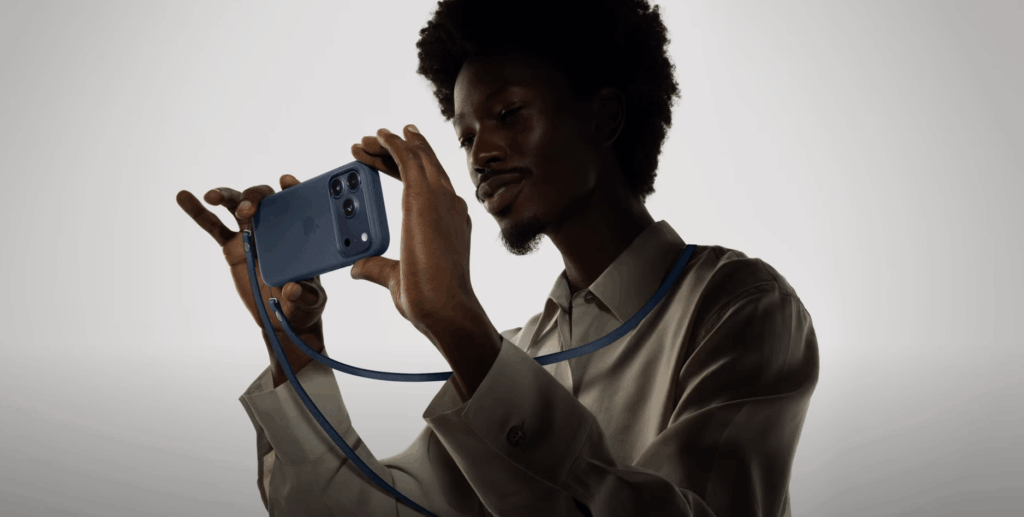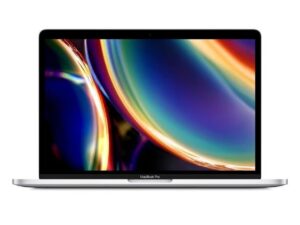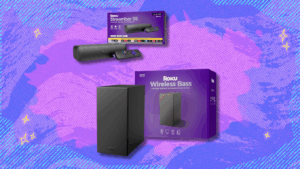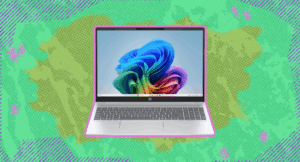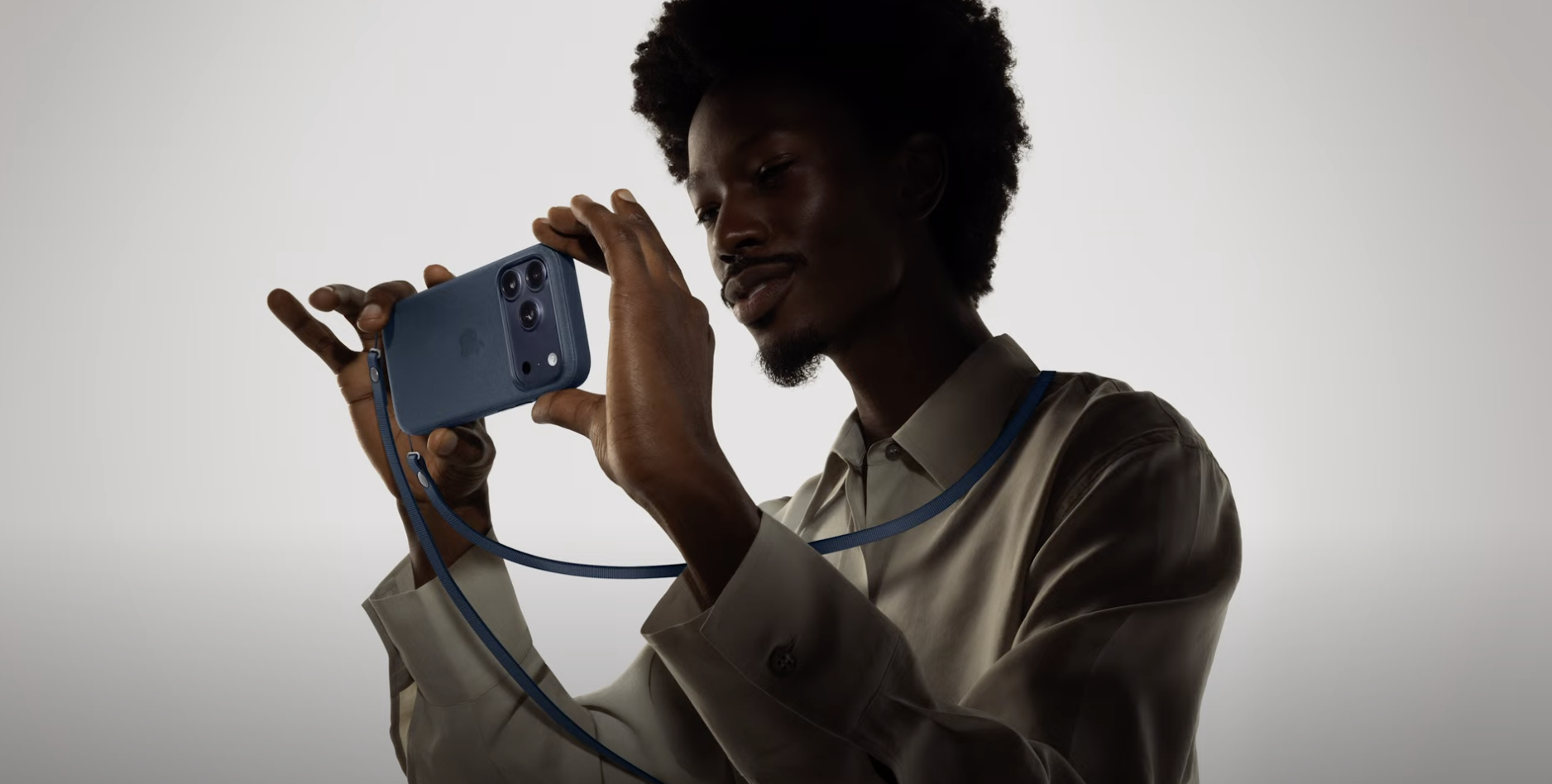
The iPhone 17, 17 Pro, and 17 Air are officially in the wild, and the whole Internet is wondering about how they stack up against the competition. Apple spent a decent amount of time on the camera system of each tier of iPhone 17 during its “Awe Dropping” event, and there is a lot of information to unpack.
Generally speaking, the camera is a pretty big deal. Apple said that iPhones took over five billion selfies over the last year, and an estimated 5-6 billion photos get taken by smartphones every day. Thus, when a tech giant like Apple or Google releases a new phone, people are naturally curious as to what kind of camera hardware they’re rocking.
We won’t bury the lede too much with this one. Let’s take a look at how the iPhone’s camera systems stack up against arguably the best camera system for Android phones, the Google Pixel 10 series of phones.
iPhone 17 camera specs
Here are the iPhone 17’s camera specs in full. They change depending on the model, so not every version has the same camera.
iPhone 17 and 17 Plus
The iPhone 17 and 17 Plus have the same camera setup, which includes Apple’s new Dual Fusion camera system. The system sports a pair of 48MP sensors, including a 48MP main shooter and a 48MP ultra wide sensor. Around the front is an 18MP Center Stage selfie camera.
For these lenses, the optical zoom options are 0.5x, 1x, and 2x. By default, the iPhone 17 and 17 Plus take cropped photos at 24MP, which Apple says has the best trade-off between size and quality, but the user can increase it to 48MP whenever they want to.
Both rear cameras also have multiple focal lengths. The main camera has a 26mm focal length with an f/1.6 aperture. This can be changed to a 52mm focal length with the same aperture. The ultra wide lens is similar, sporting a 13mm and 26mm focal length with an f/2.2 aperture. This effectively gives the user four options for the rear cameras. So, if you see any marketing where Apple says the iPhone 17 and 17 Plus have four “lenses,” this is what they’re referring to.
The Center Stage front camera uses AI to intelligently widen the screen to accommodate more people without the user having to touch anything, and Apple was quite proud of the square censor, which gives people a variety of aspect ratios to work with. It also has optical image stabilization.
The iPhone 17 Air only has one camera and it appears to be identical to the main shooter on the iPhone 17, with 26mm and 52mm focal length options and 2x telephoto functionality at f/1.6.
iPhone 17 Pro and Pro Max
Just like the iPhone 17 and 17 Plus, the Pro models have the same camera specs between them. This includes a 48MP main shooter, a 48MP ultra wide shooter, and a 48MP telephoto lens. Just like with the regular iPhone 17, the Pro models come with the 18MP Center Stage selfie camera.
The three cameras around back have the same neat trick as the regular iPhone 17: They can be used with varying focal length to give the illusion of having more “lenses.” Between the three lenses, Apple boasts focal lengths of 13mm, 24mm, 28mm, 35mm, 48mm, 100mm, and 200mm with a macro mode. This gives the illusion of having multiple camera lenses without actually having the hardware there.
For apertures, the main shooter is f/1.78 with 24mm and 48mm, the ultra wide is f/2.2, and the telephoto is f/2.8.
Google Pixel 10 camera specs
Next up are the Google Pixel 10’s camera specs for the regular, Pro, and Fold models. It’s a much shorter list of lenses and Google keeps it pretty simple here.
Google Pixel 10 and Pixel 10 Pro Fold
The Google Pixel 10 comes with four total cameras, including three on the back and one on the front. They are the 48MP main shooter with an f/1.7 aperture, a 13MP ultra wide sensor with an f/2.2 aperture, and the 10.8MP telephoto with an f/3.1 aperture and a 5x optical zoom.
Circling around to the front, the Pixel 10 has a 10.5MP selfie camera with an f/2.2 aperture. The Pixel 10 Pro Fold has an identical camera setup as the regular Pixel 10.
Google omits the extras like multiple focal lengths, so the cameras above are what you get. Google makes up for its camera simplicity by having some excellent software and post processing.
Google Pixel 10 Pro
Google steps it up quite a bit with the Pixel 10 Pro. It comes with four cameras just like its less expensive sibling, but three of those cameras receive significant upgrades.
The main 48MP shooter is the same as on the Pixel 10, but it’s the only one that’s the same. Google increases the ultra wide lens to a 48MP, f/1.7, and the telephoto steps up to a 48MP with an f/2.8 aperture and the same 5x optical zoom. Around the front, the selfie camera is a 42MP wide angle lens with an f/2.2.
Combined, the camera system here has most of the same features as the regular Pixel 10, including things like Night Sight, Auto Unblur, Panorama, and Frequent Faces. The big differences is a high-res mode that shoots up to 50MP and a Pro Res Zoom feature that goes up to x100 on the Pro models and only x20 on the regular model.
Which phone has the better hardware?
It’s difficult to gauge, since post processing plays such a big role with both tech giants. Both Apple and Google have a laundry list of photo modes like Apple’s Center Stage where the selfie camera keeps you in the middle of the frame at all times, and Google’s Camera Coach, which instructs users on how to take optimal pictures using AI. Both have night photography modes and AI tools to improve photo quality.
On paper, it’s quite tough to call. The Pixel 10 has more camera lenses than the base iPhone 17. However, Apple’s trick with the focal lengths gives it just as many options. The Pixel has more telephoto range (up to 20x with Google’s Super Pro Res Zoom) whereas the iPhone 17 only goes up to 2x. In terms of overall versatility, the Pixel 10 simply has more physical camera options, but the iPhone 17 has the edge when counting megapixels and aperture sizes.
For the Pro models of both phones, it’s much harder. The megapixel counts are on par as are the apertures. Apple brings the “multiple lenses” idea with a bunch of focal lengths while Google’s Pro Res Zoom can go up to 100x. Google has the higher megapixel count on its front shooter while the iPhone has its neat square censor, allowing for the Center Stage feature to work.
Overall, there aren’t any wrong choices and until the iPhone 17 comes out, we won’t be able to see how it performs in the real world, where the Pixel 10 has already been shown to be one of the best cameras on a smartphone to date.

